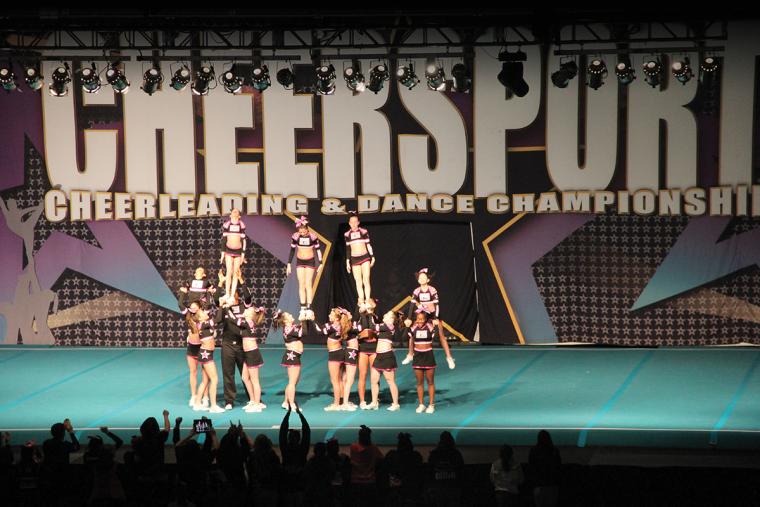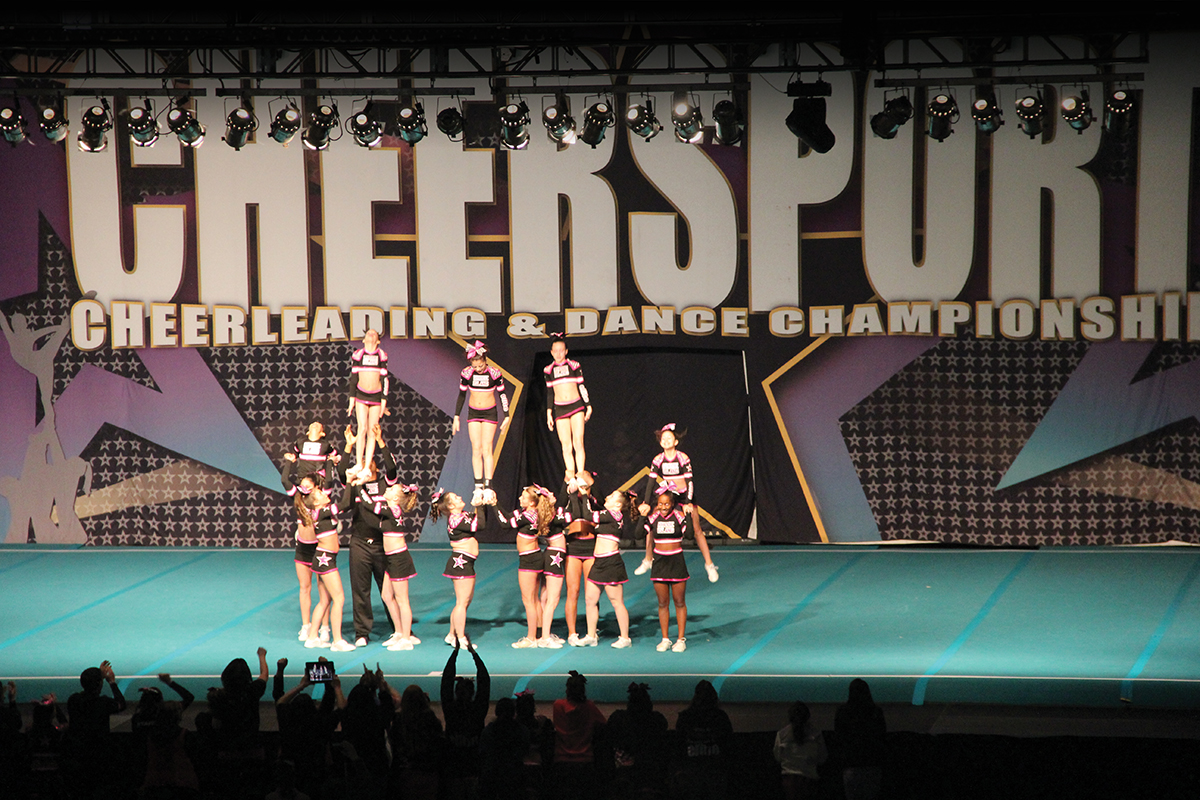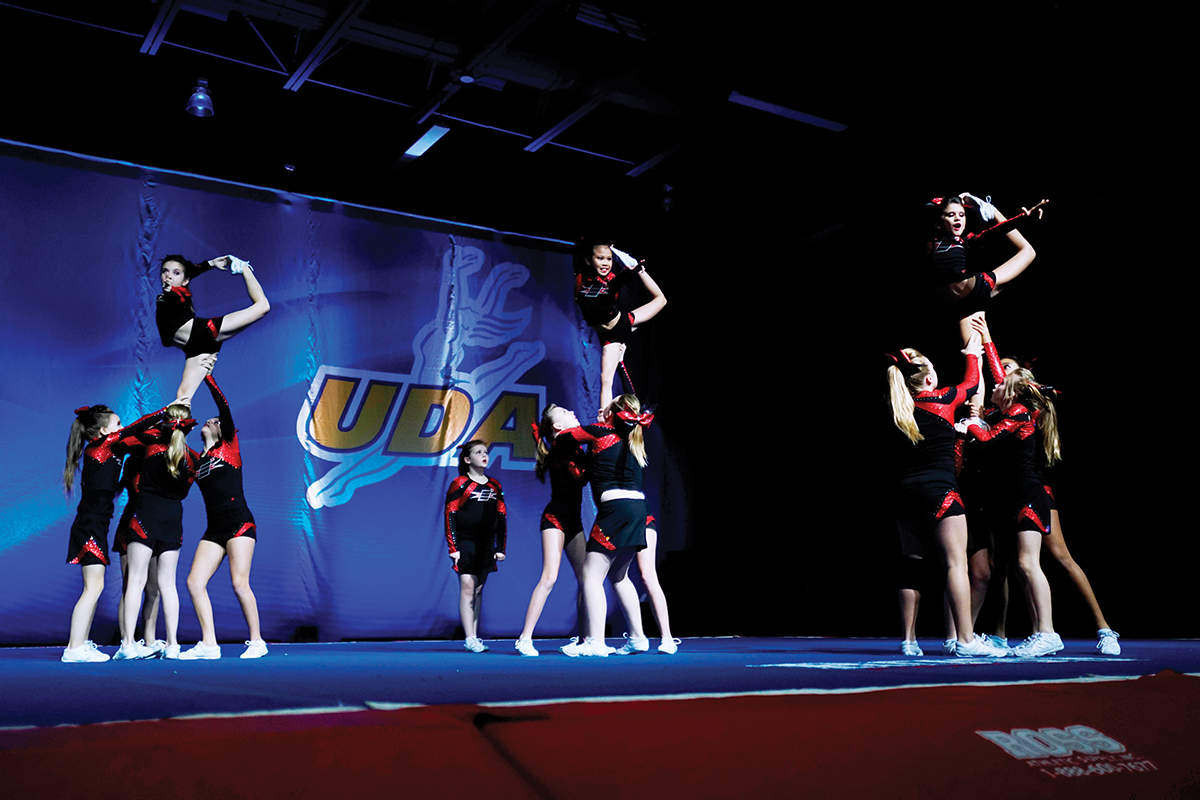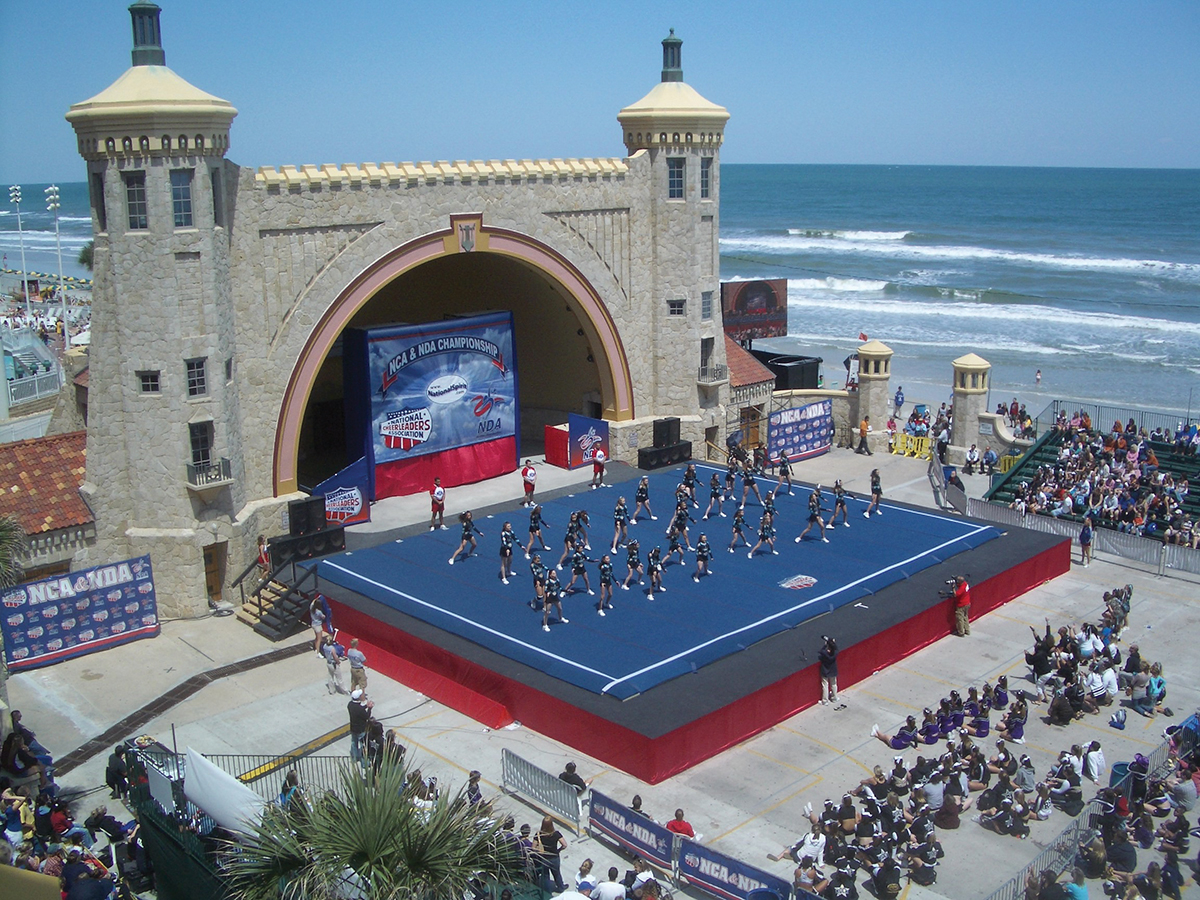

Cheer in the Olympics?
Just before 2016 closed, we got word that cheerleading had gained provisional recognition by the International Olympic Committee (IOC). And while that doesn’t mean we’ll see it on the medal stand yet, it’s the first step in the process. A sport’s provisional membership lasts for up to three years, and it can only be a full member by a vote taken at an IOC Session.
It’s certainly a possibility that down the road, cheerleading might become a demonstration sport in one of the summer Olympic Games; we are following the procedures of the IOC and we will see what happens. To a large extent, cheer already follows many of those international rules; we have international competitions and the sport is continuing to expand around the world. The International Cheer Union (ICU), which will serve as the international governing body, is headquartered here in the United States, where cheer began.

It’s certainly not going to surprise anyone if we say the sport continues to be popular; in fact, it has ranked consistently in the top 10 of the annual participation survey performed by the National Federation of State High School Associations. It continues its growth at the college level (where some schools do offer scholarships for cheer) and of course, it’s popular in pro sports (where it achieves its highest visibility).
Cheer is offered both in schools and in programs known as all-star cheer, which are private gyms. Whereas school teams are set up for the purpose of performing at games, and sometimes for competing locally or regionally, all-star gyms are often organized strictly for the purpose of developing competitive cheer squads. Those squads may start as young as preschool and offer programs for athletes well into their teens.
Cheer Competitions
Cheer and dance competitions continue to proliferate around the U.S. – and also around the world. They provide an excellent forum for athletes to see what others are doing, and to be challenged to continue to excel. We certainly see plenty of travel to these competitions, as well as to cheer and dance camps, skill clinics and more, and we expect that to continue.

STUNT, a competition that combines both cheer and gymnastics skills, continues to grow in participation across the U.S. It differs from a cheer competition in several ways:
1. Unlike a cheer competition, in which several dozen teams perform a short routine for judges, STUNT is a competition between two teams (generally, these represent two schools)
2. Those two teams perform against one another in a four-quarter, head-to-head competition
3. Rather than having a unique routine choreographed to music, STUNT focuses on specific areas: partner stunts, pyramids and tosses, tumbling and jumps.
In STUNT, the two teams take the floor at the same time. In the first quarter, the teams perform identical partner stunts. In the second quarter, they perform pyramids and tosses. In the third quarter, they do tumbling and jumps, and then in the fourth quarter, all those routines are performed back to back in what is called the Team Performance segment. Within each quarter, the teams will perform four 30-second routines based on that quarter’s focus. Scores are given immediately, and the team that is leading gets to call the next routine, adding an element of strategy that you wouldn’t see in a typical cheer competition.
When we checked in last year, STUNT had not reached the level of participation required in order to become an NCAA emerging sport for women. However, this year, we are getting our paperwork in order so that we can apply to the NCAA. The signs are very positive; the sport continues to grow at both the college and the high school levels. In fact, the California Interscholastic Federation has adopted STUNT as one of their options for competitive cheer. Count on seeing more in this area.
Safety
We’ve already said that cheer has come a long way, and it’s true. But what has also come a long way has been the work being done behind the scenes to train athletes properly in order to keep them safe when they’re performing those more complex routines.
Times were a high school phys-ed teacher or a faculty member or even a parent who had been a cheerleader at a younger age would be tapped to lead the cheer program at a school. These days, with increasing concerns about athlete safety and about avoiding injury – not to mention the often intricate choreography the cheerleaders follow – schools and other programs want a more specialized skill set. As a result, AACA offers a safety course that is available in-person or online, so that coaches can help keep kids learning and developing their skills without being hurt.
Cheer has made excellent progress in the last year. It also has almost limitless potential on the horizon. We look forward to next year’s check-in when we can report even more. SDM

